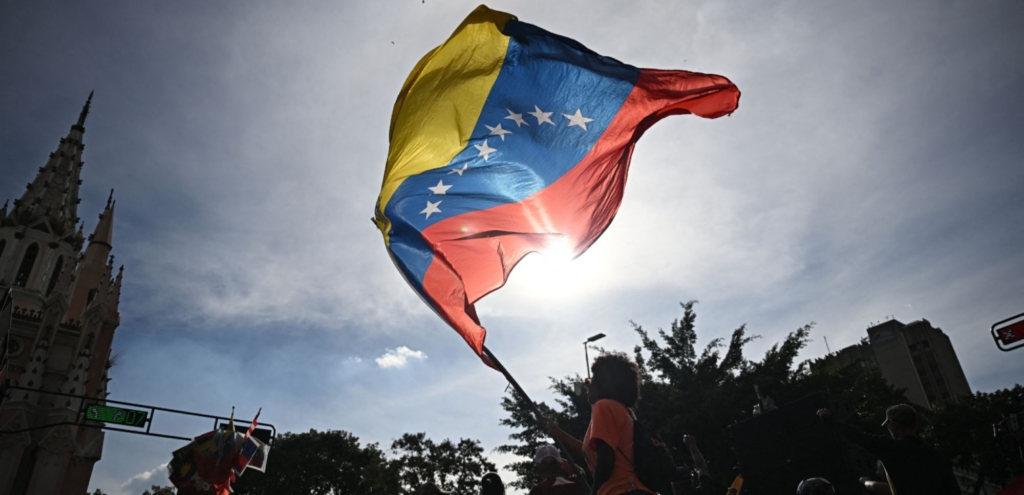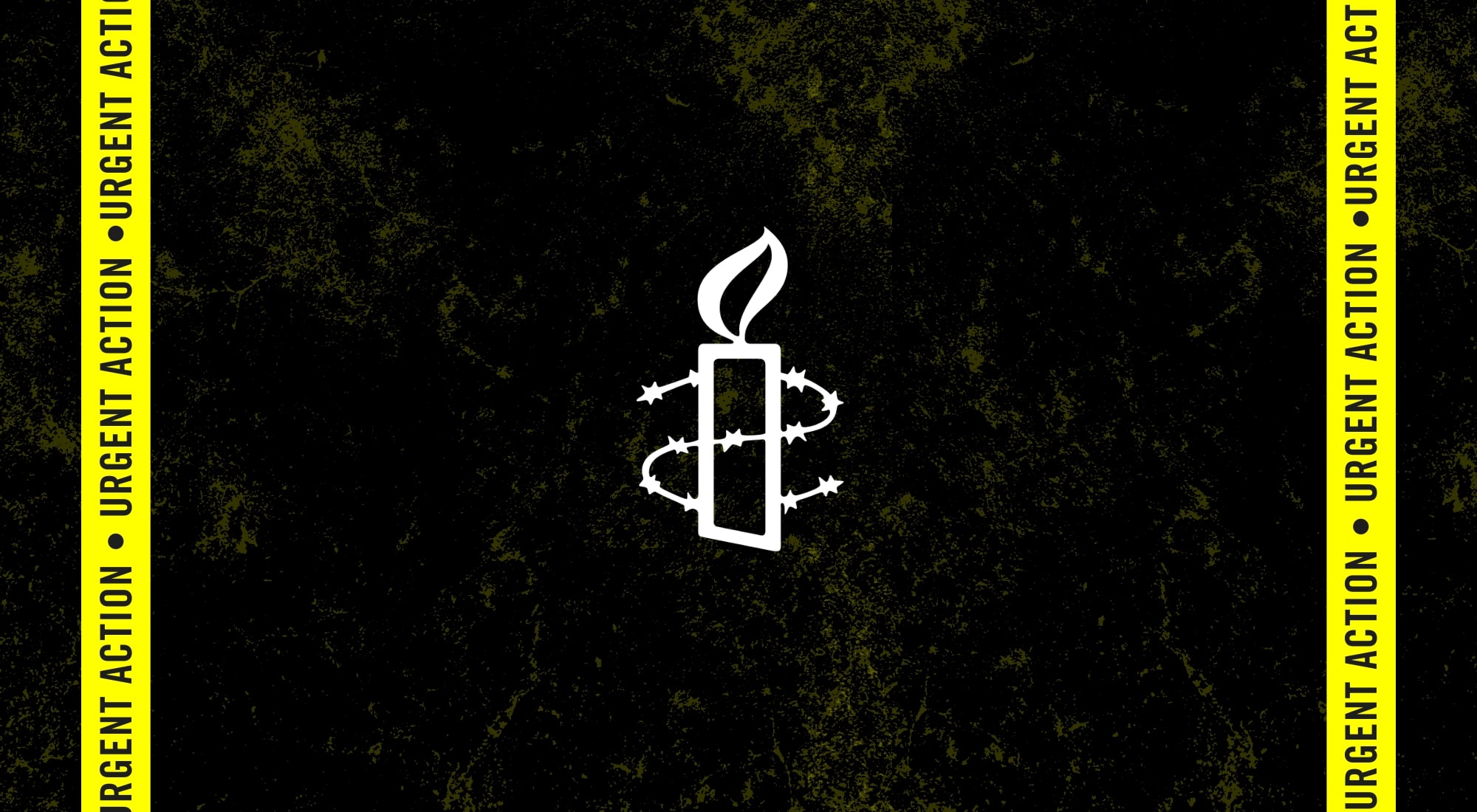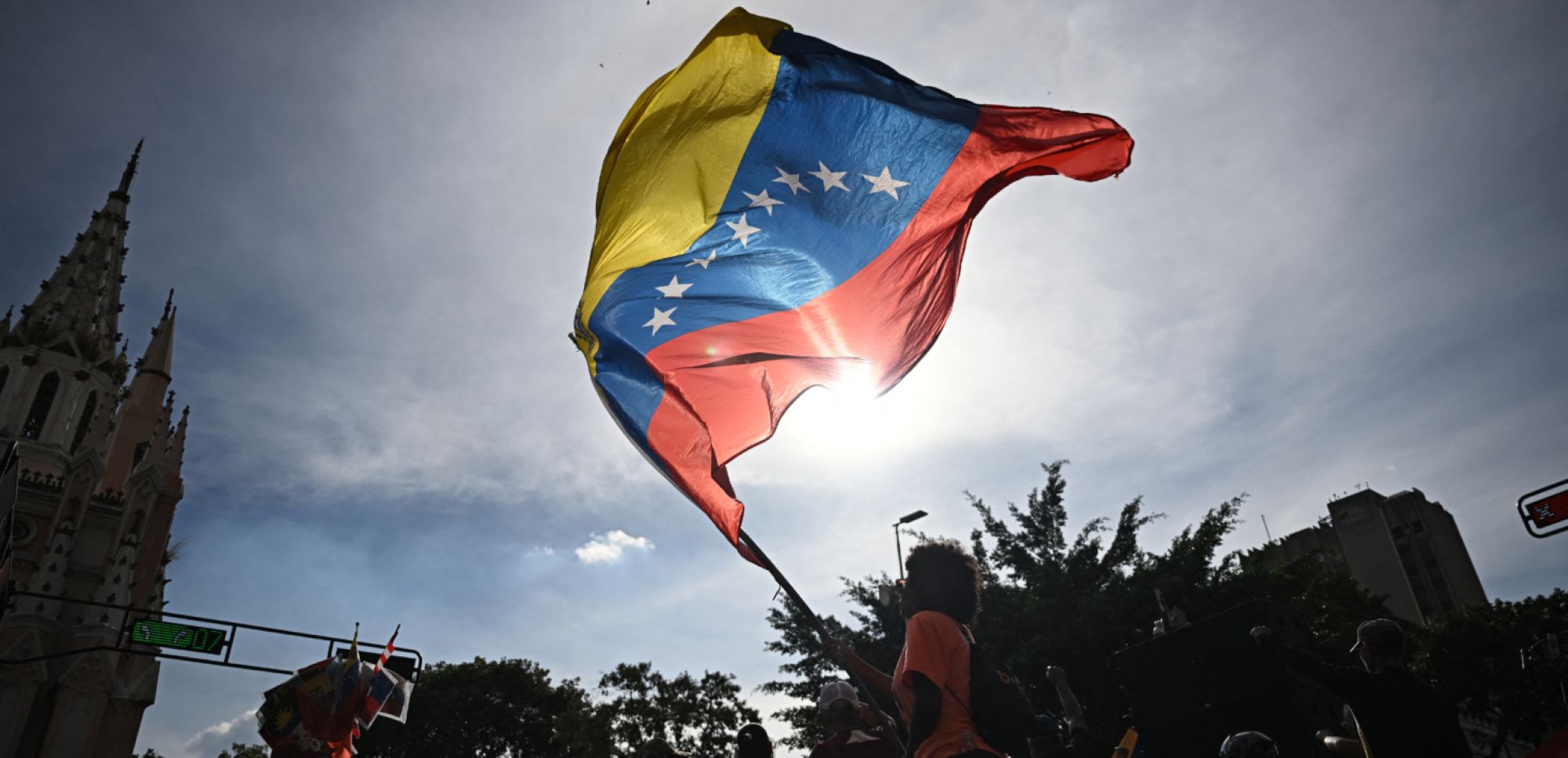The federal government has approved the construction of a massive hydroelectric dam in northern British Columbia despite the severe impacts it would have on the cultures and economies of Indigenous peoples in the region.
The Site C dam would flood more than 80 km of the Peace River Valley. A joint federal/provincial environmental assessment found the dam would cause “profound” loss of natural habitat, would “severely undermine” First Nations, Métis and non-Aboriginal use of the area, and would submerge First Nations graves and others sites of cultural significance.
In a decision released on October 14th, federal Environment Minister Leona Aglukkaq said that the impacts of the project are “justified in the circumstances.” The Minister’s statement refers to jobs that will be created in the construction of the dam and the “clean, renewable energy” that will be produced.
However, the joint review characterized the dam as imposing significant social and environmental costs that would be borne by the very communities least likely to share in its benefits.
The review also noted that the region already has a very low unemployment rate and that new jobs created in the construction of the dam would likely be filled by temporary workers who would place new strains on local communities.
The environmental assessment also raised doubts about the very premise of the project, noting that the additional generating power may not be required in the timetable that was set out, the projected $8 billion cost of the project may be inaccurate, and alternatives have not been properly explored.
The area directly affected by the Site C Dam is within the territory covered by Treaty 8. First Nations in the region have previously stated that if the Site C Dam is approved they will go to court to protect their rights.
In approving the project, the federal government set out a number of conditions that BC Hydro must meet in the construction of the dam. None of these conditions makes explicit reference to Aboriginal and Treaty rights. Those conditions that do deal with impacts on Indigenous peoples provide little or no protection for their rights.
For example, the decision contains only the vague requirement that BC Hydro develop mitigation measures that “could address impacts” on Indigenous peoples’ traditional land use. The mercury contamination of fish in reservoir area is accepted as a given and BC Hydro is required only to monitor the mercury levels and inform Indigenous peoples of the health risks. The conditions only require BC Hydro to “avoid, minimize or manage” impacts on graves and cultural sites.
There are no new conditions to address the social impacts of the dam construction.
The federal decision to approve the project flies in the face of the high standard of protection of Indigenous rights required by Canadian law and international human rights standards.
As Amnesty International has emphasized in other cases, such as federal approval of the Northern Gateway Pipeline, wherever there is the potential for significant impact on Indigenous peoples’ cultures and economies, the appropriate standard of rights protection is for Indigenous peoples to be part of the decision making process and for projects to proceed only with their free, prior and informed consent.
In addition, it is never acceptable to ignore the rights of historically marginalized and disadvantaged groups in order to pursue benefits for other sectors of society.
The decision





















